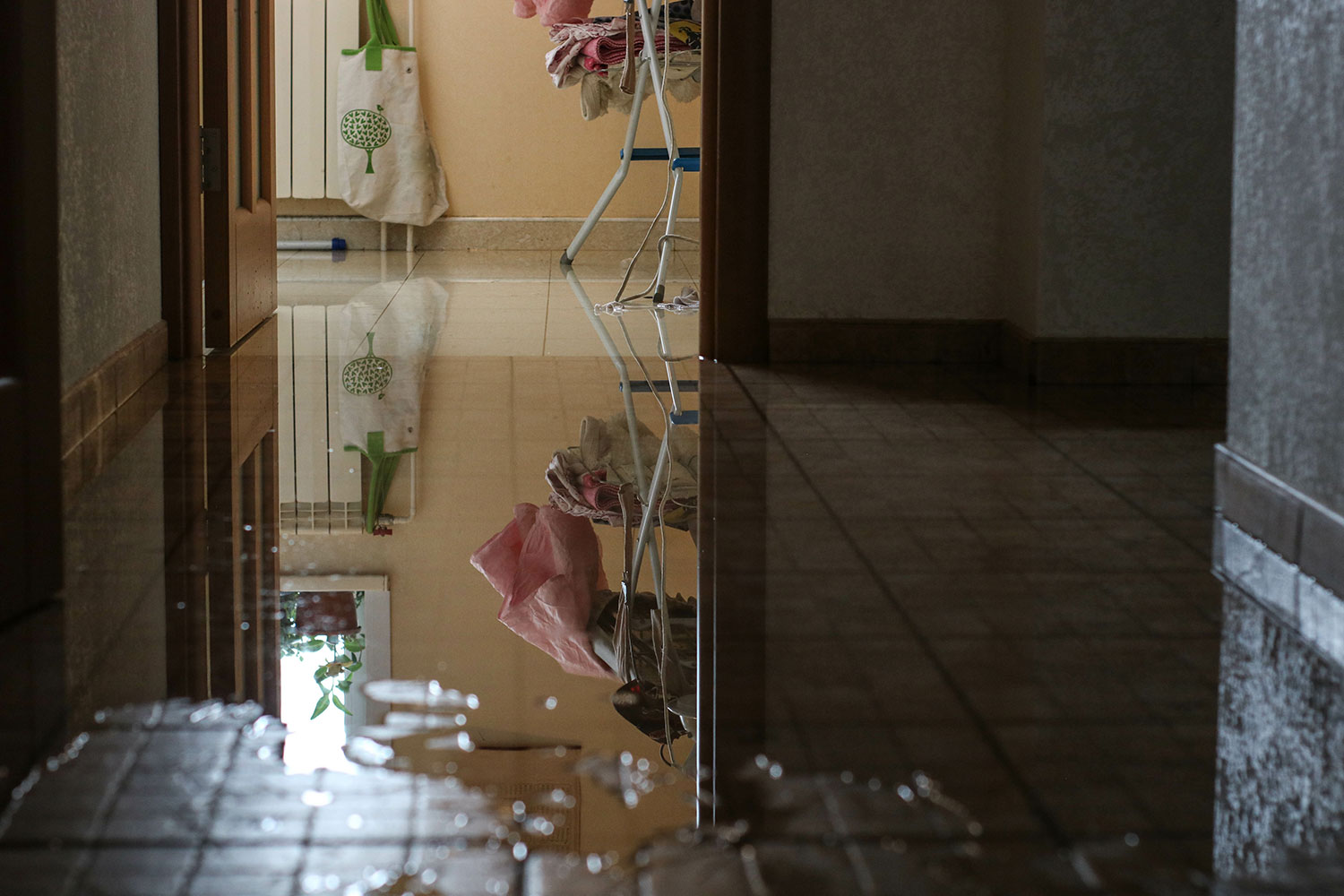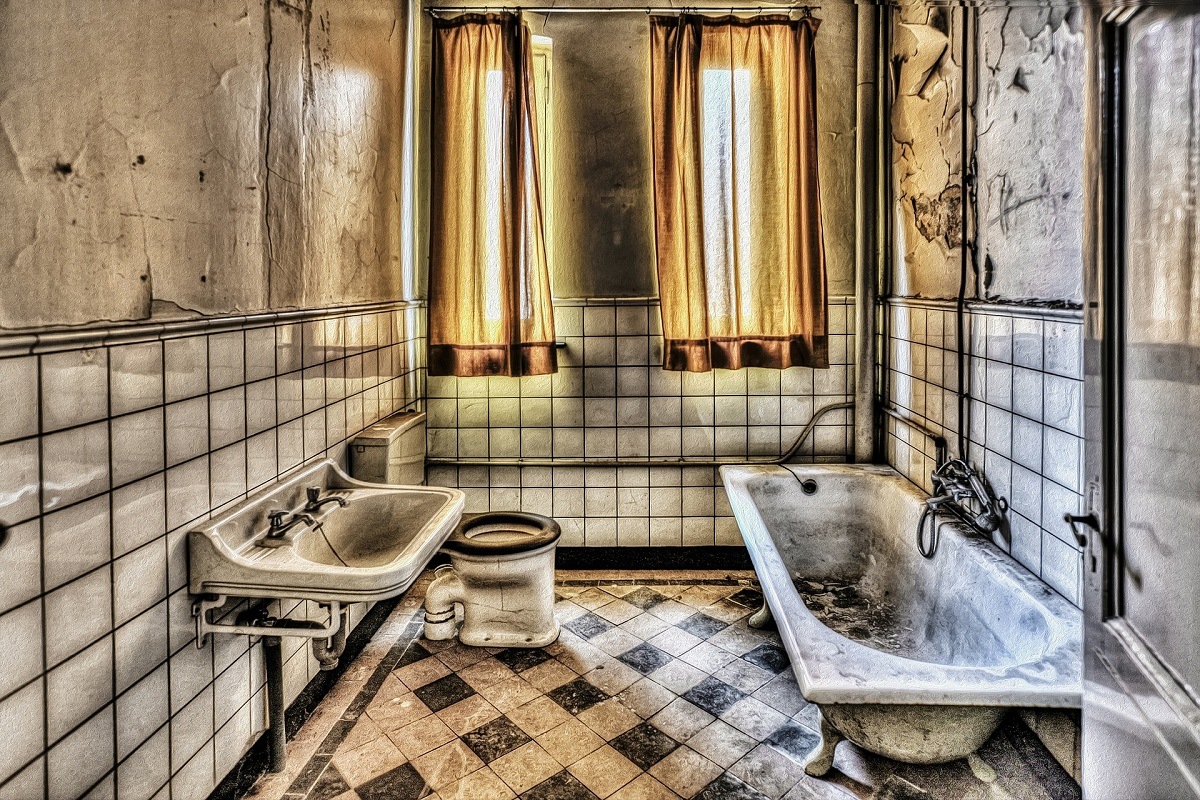Aspects That Lead to Bathroom Water Deterioration
Aspects That Lead to Bathroom Water Deterioration
Blog Article
We've stumbled on this article on How to Repair and Prevent Bathroom Water Damage? down the page on the net and reckoned it made perfect sense to relate it with you on this page.

Water damage usually takes place in the shower room as a result of the water utilized day-to-day. Occasionally, the damages could be a little mold and mildew from the shower. Other times, it's massive damage on your flooring. Whatever it is, it is always great to understand the reason as well as prevent it prior to it occurs.
This guide will certainly undergo some of the typical root causes of water damage in the shower room. We will certainly also analyze what you can do to stop these causes from damaging your bathroom. Let's dive in.
These are the typical reasons you would certainly have water damage in your restrooms and how you can find them:
Excess Wetness
It's awesome to have that lengthy shower and also splash water while you dance around and act like you're carrying out, yet often these acts might create water damage to your restroom.
Spraying water around can create water to head to corners and also create molds. Watch exactly how you spread excess moisture around, as well as when you do it, clean it up to prevent damages.
Fractures in your wall surface floor tiles
Shower room wall tiles have actually been specifically made for that objective. They shield the wall from wetness from individuals taking showers. Nevertheless, they are not undestroyable.
Often, your shower room wall tiles split as well as permit some dampness to leak right into the wall surface. This can potentially ruin the wall surface if you do not take any kind of action. If you see a split on your wall surface floor tiles, fix it instantly. Don't wait until it damages your wall.
Overflowing toilets and sinks
As people, occasionally we make blunders that can cause some water damage in the restroom. For example, leaving your sink tap on can create overflowing as well as damage to other parts of the bathroom with dampness.
Likewise, a malfunctioning bathroom could cause overflowing. For instance, a damaged bathroom handle or various other parts of the tank. When this takes place, it could harm the flooring.
As quickly as you notice an overruning sink or toilet, call a plumber to help deal with it instantly.
Ruptured or Dripping Pipes
There are lots of pipelines lugging water to different parts of your washroom. Some pipelines take water to the toilet, the sink, the taps, the shower, and lots of other places. They crisscross the small area of the restroom.
Occasionally, these pipelines might get rusty as well as burst. Other times, human activity might cause them to leakage. When this occurs, you'll discover water in the corners of your restroom or on the wall.
To find this, keep an eye out for gurgling walls, molds, or mold. Call a professional emergency plumber to repair this when it takes place.
Roofing Leaks
In some cases, the problem of water damage to the washroom might not originate from the bathroom. For instance, a roof leakage can trigger damages to the shower room ceiling. You can spot the damage done by considering the water spots on the ceiling.
If you locate water stains on your ceiling, check the roofing system to see if it's damaged. Then, call a specialist to aid solve the problem.
Final thought
Water damage to your bathroom can be aggravating. However, you can handle it if you stop some of the reasons stated in this overview. Call a professional emergency plumbing professional if you discover any extreme damages.
How to Prevent Water Damage in Your Bathroom?
Water damage repair is an expensive, meticulous, and lengthy process. Unfortunately, bathrooms are the most susceptible rooms to water damage due to toilets, showers, and sinks. Pipes and fixtures wear out over time and are not immune to damage. But all is not lost, as there are ways to prevent water damage from occurring in your bathroom.
Check Your Plumbing
Nothing lasts forever, especially pipes, which can rust and begin leaking over time. You should periodically conduct pipe inspections and pay attention for any musty smells or water stains that may indicate you need water damage repair. Here are some things to check:
Frequently test valves for your toilet, shower, and sink to ensure they are properly working. Check faucet supply lines hidden under vanities and replace when needed. Replace cracked or deteriorating caulking along sinks, tubs, and showers. If you notice a clog in your sink, call in a professional. Since you can’t check the pipes in the wall, keep an eye out for stains, drywall bubbling, musty smells, and excess moisture; if the bathroom is on a second level, check the ceiling of the room directly below for these signs. Don’t Overwork Your Toilet
One of the most common reasons bathrooms need water damage repair is due to overflowing toilets. Save yourself the hassle of cleanup by being mindful and not pushing your toilet to extreme limits. If you have young children, it is especially important to keep an eye on them when they are in the bathroom and to teach them how to avoid clogging the toilet. Here are some more tips to help prevent your toilet from overflowing:
If you have a septic tank, only use septic-safe toilet paper Do not flush anything down the toilet besides toilet paper; items like diapers and sanitary napkins will clog the piping Pay attention to your toilet’s water level: If it’s low, it could mean it is partially clogged or that there is a crack in the toilet bowl https://www.alure.com/home-improvements-blog/resources/how-to-prevent-water-damage-in-your-bathroom

I discovered that article about How to Repair and Prevent Bathroom Water Damage? when doing a search on the internet. Sharing is nice. Helping others is fun. Bless you for your time. Kindly come by our site back soon.
Best decision? Call us. Report this page